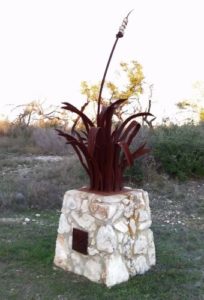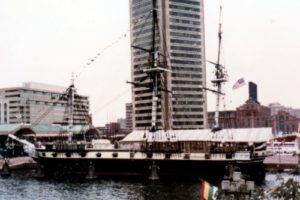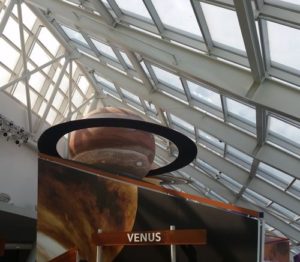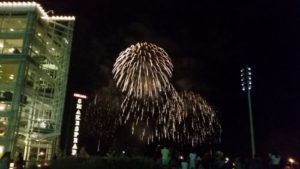I’ve continued hitting the languages pretty hard. I’m listening to foreign language books and/or podcasts in the car on my way to and from work, I am doing at least two Duolingo Spanish lessons per day, and I also am doing Rosetta Stone for both Vietnamese and Mandarin. My employer requires us to do five hours per month to keep our access to Rosetta Stone and as we get farther into it, that has become more of a challenge. I’m on-target for January and may even exceed my five hours. Let’s see how I do in February, though, when the material is becoming tougher and I have three fewer days to get it than I will have had in January.
I really like Rosetta Stone, by the way (and you don’t know how tempted I am to link to their page at Amazon). The biggest challenge for me, the way they teach foreign languages in school, is to stop thinking in English and translating into my target language, because that’s how they teach a foreign language. Rosetta Stone doesn’t ever get you using your first language as a crutch by taking it entirely out of the equation. I have had to look up a couple of things where I couldn’t quite grasp what they were getting at. One of these was the difference between “chúng tôi” and “chúng ta,” which both clearly mean “we,” but I just couldn’t quite tease out the difference.*
In addition, I bought a copy of Pride and Prejudice in Vietnamese and am rereading the original paired with the translation. I’m still trying to avoid the whole translation trap, so I am doing it chapter by chapter. The night of January 24, I reread Chapter 8 in the original and then followed it up by the first two pages in the translation. My Vietnamese is not so good yet that I understand very much of it at all, but that’s okay. It’ll come with practice. Right now I’m just looking at the words for things that look familiar. There are so many diacritical marks on the vowels in Vietnamese, and I’m hoping that the book will also make those come a little more naturally.
I started paying myself to do this, and it looks like I’m on-target to have $70 saved up by the end of January. Once I have $100, I’m going to start investing the money that I’ve saved up. I’m not sure if I’ll be buying a CD or putting it on the stock market. We’ll see what I decide once I get there.
Alex and I did go to the march. He told his dad that we were going, so I felt pretty much committed when he did that. We got there a little late, but managed to join up with the march and Alex and I walk pretty quickly, so it didn’t take long to reach near the center of the 1,500 people who were marching in San Antonio. I hope to keep up with the things that the Women’s March organizers are suggesting we do to keep up the momentum, including mailing my representatives about issues that are important to me. I’m not sure if I’ll use the official Women’s March postcards or just pick up a few touristy ones at my local store and use them.
And, finally, my planned trip to Canada is now less than six months away. That means that I can finally put in for the time off at work and can shell out the however-many dollars it’s going to take to pay for this trip. This is my least-favorite part of travel. The interface for putting in for time off is awkward, and then there’s the whole “paying for it” part, even though I’ve already got the money saved up.
*”Chúng tôi” is the exclusive “we” and “chúng ta” is inclusive. So, if I am speaking to you and including you in the “we,” I would use “chúng ta.” If I am speaking to you of something that affects me and someone who isn’t you, then “chúng tôi” is appropriate.




